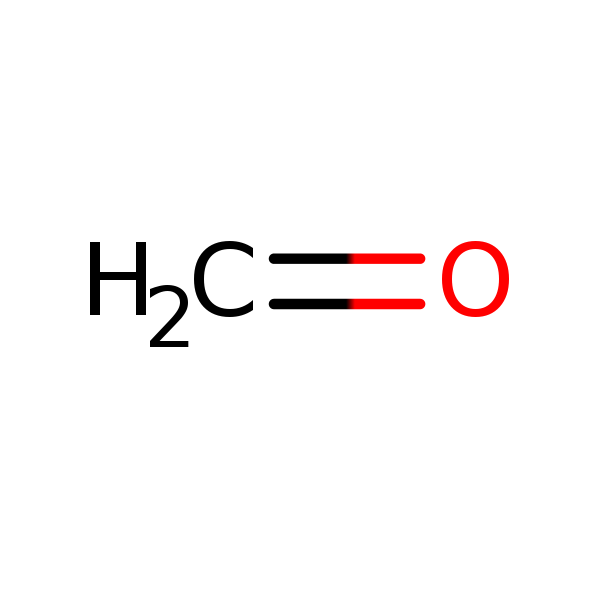Formaldehyde
CASRN 50-00-0 | DTXSID7020637
- Toxicological Review (PDF) (927 pp, 16.3 MB, about PDF)
- IRIS Executive Summary (PDF) (10 pp, 450.2 KB, about PDF)
Two-Stage Modeling of Formaldehyde-Induced Tumor Incidence in the Rat—analysis of Uncertainties
On this page:
Alert
Notice - This site contains archived material(s)
Archive disclaimer
Archived files are provided for reference purposes only.
The file was current when produced, but is no longer maintained and may now be outdated.
Persons with disabilities having difficulty accessing archived files may contact the IRIS Webmaster for assistance.
Please use the contact us form if you need additional support.
Overview
This works extends the 2-stage cancer modeling of tumor incidence in formaldehyde-exposed rats carried out at the CIIT Centers for Health Research. We modify key assumptions, evaluate the effect of selected uncertainties, and develop confidence bounds on parameter estimates. The broad features of our model are similar to the CIIT effort and the related input data were obtained from that work.Our approach differs from that work due to the following. (1) We develop non-homogeneous solutions to the 2-stage MVK cancer model. This replaces the homogeneous solutions due to Hoogenveen et al. used in the CIIT work, an approach that is applicable only to the case where variables are independent of time. (2) In our construction of the likelihood function, it is assumed that tumors in animals dying naturally were fatal, while those in animals undergoing scheduled sacrifice were incidental. The CIIT results did not make such a distinction, and assumed all tumors to be fatal. (3) The control animals in the CIIT model comprised animals that were studied concurrently with the bioassay and a large number of controls from all NTP bioassays. Such a combination is generally not done, with the preferred approach being only to use concurrent control data. Therefore we examine the sensitivity of model results to the specification of control data. (4) Because the model is sensitive to cell replication rate, and the labeling index data from which these are derived have significant uncertainty and variability, we evaluate the effect of using various dose-response relations for cell replication rate. (5) Since the 2-stage model is extremely sensitive to the specification of initiated cell birth and death rates, and since these data are not available, variations in the model structure for initiated cells are considered in order to develop a range of plausible risk estimates. Manuscript based on this work has been accepted for publication in the journal "Risk Analysis".
Related Links
Critical Effect Systems
Tumor Sites
Chemical Structure for
Formaldehyde

Synonyms
- Aldehyd mravenci (Czech)
- Aldehyde formique (French)
- Aldeide formica (Italian)
- BFV
- FA
- Formaldehyd (Czech, Polish)
- Formaldehyde
- Formaldehyde solution (DOT)
- Formalin
- Formalith
- Formic aldehyde
- Formol
- Fyde
- Hoch
- Ivalon
- Karsan
- Lysoform
- Methanal
- Methyl aldehyde
- Methylene glycol
- Methylene oxide
- Morbicid
- NCI-C02799
- Oplossingen (Dutch)
- Oxomethane
- Oxymethylene
- Paraform
- Polyoxymethylene glycols
- RCRA Waste Number U122
- Superlysoform
- UN 1198 (DOT)
- UN 2209 (DOT)
- 50-00-0





